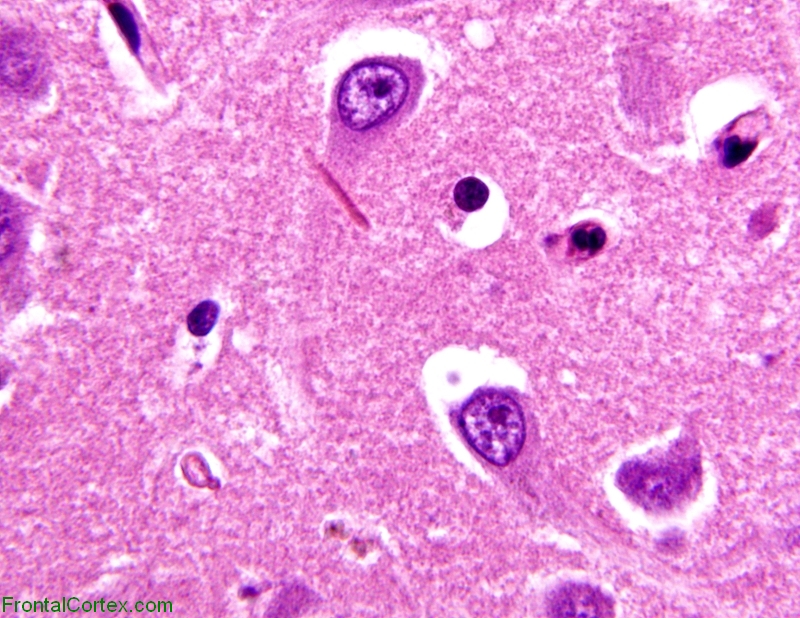
*. Hoover’s sign is a clinical sign used to differentiate between unilateral organic and functional leg weakness
*. This is based on the principle ofsynkinetic movements
Eliciting Hoover’s sign
*. Patient is asked to lie down in supine position
*. The examiner keeps the palm ofhis hand under the heel of the patient’s normal leg
*. The patient is asked to lift his ‘paretic’ leg
*. Normally there is synkinetic hip extension in the normal limb and the examiner can feel the pressure on his palm
*. In patients with organic paresis, there is accentuation ofthis response and the examinercan use the straightened normal limb as a lever to lift the whole limb and lower body
*. In patients with functional paresis, there is no synkinetic hip extension and the examinerfails to appreciate any downward force
*. This occurs because the patientdoes not make any effort to raise the leg
*. Similarly, the patient can be asked to raise the normal limb
*. Patients with functional leg paresis unconsciously press down with the ‘paretic’ limb, whereas no response is obtained in those with organic paresis



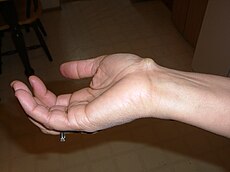

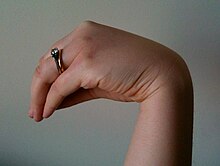







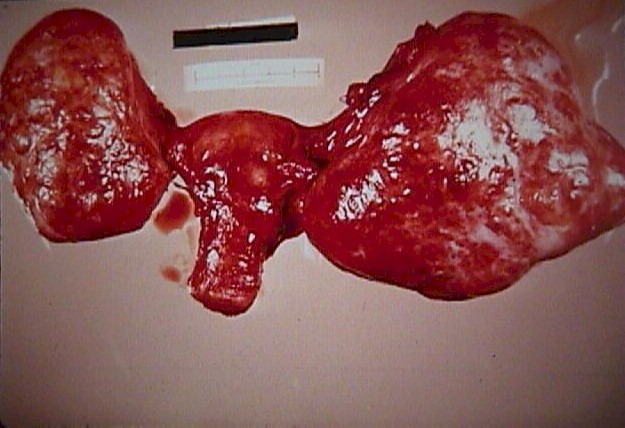






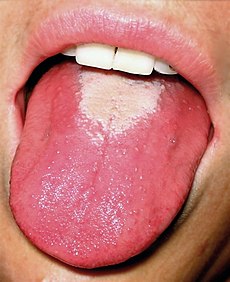



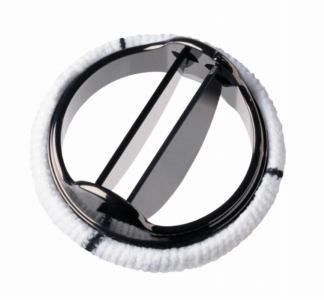













.jpg)
